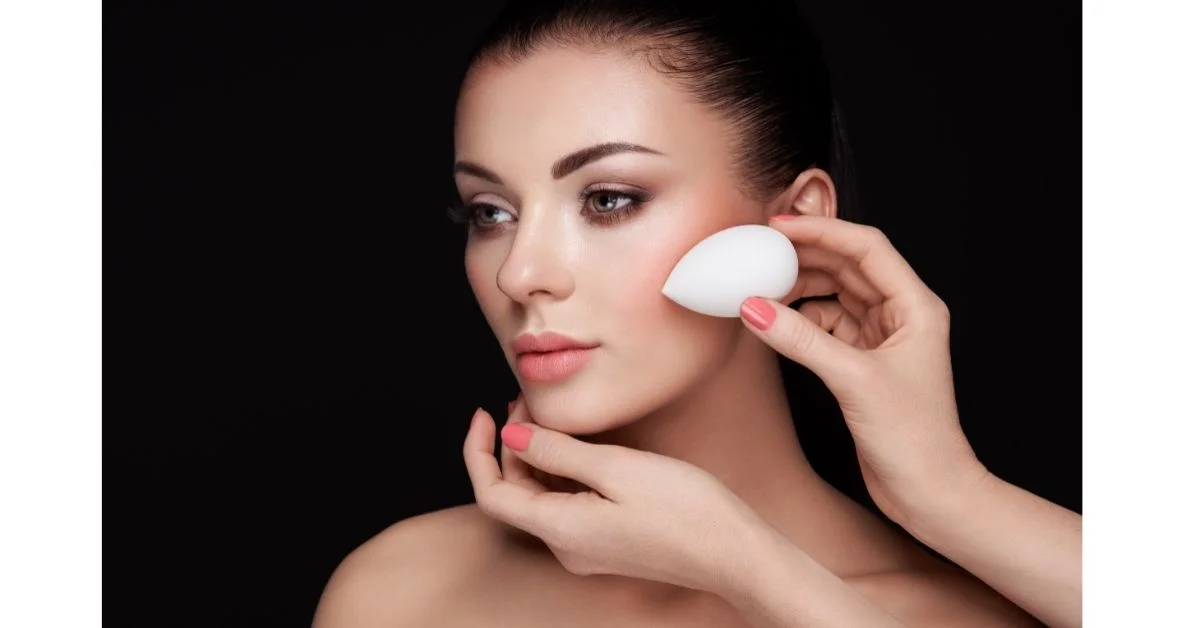Standard beautifying sponges are disposable, but the Beauty Blender and other related blending sponges are specifically designed and meant for long-term use. As such, you’ll require to regularly clean the blender sponge to eliminate stains and harmful bacteria.
Method 1: Basic Cleansing
- Prepare a dish of warm, soapy water. Fill a small container with warm water, press a dollop of gentle hand soap or shampoo into it. Lightly blend until bubbles form on the surface of the water.
- Dip the sponge for 30 minutes. Drop the sponge into the bowl of soapy water. Keep it two or three times with your hand. Please give it to soak for about 30 minutes.
- The dish should have sufficient water in it to effectively treat the blender sponge.
- As the sponge mops, the water will likely start to switch colour.
- The sponge should also extend to its full size as it blends in soapy water.
- Massage cleanser into the sponge. Smoothly rub solid “Blender Cleanser” or an equal soap directly into the most densely soiled areas of the sponge.
- Dispense 2-3 minutes kneading the cleanser into the sponge.
- Rinse the sponge free of soap.
- Examine whether or not the sponge is clean instead by the clarity of the water while rinsing. If the rinse water still appears dingy, jump the drying step and lead into the deep cleaning method.
- Dry working paper towels to smoothly squeezing the sponge with your hand, roll the sponge in fresh, dry paper towels to incorporate any water still in.
Method 2: Deep Cleaning
- Deep clean the sponge only as required.
- If you manage your blender sponge many times per day or skip cleaning it for one or more weeks
- If the rinse liquid at the end of the basic cleansing routine seems dirty, do run deep cleaning on it.
- Dip the sponge. Keep the sponge under warm, flowing water for 30 to 60 seconds.
- You could put the blender sponge in a bowl of warm water for 5 to 10 minutes.
- Apply cleanser to the soiled areas—dab solid or liquid cleanser straight onto the most densely dirty regions of the sponge.
- As with the primary cleaning method, you should only use mild cleansers on your sponge. Use “sensitive formula” cleansers.
- Rub the sponge against your palm. Continue rubbing it for about 30 seconds.
- The scrubbing should be firm and more intense than the scrubbing used throughout your basic cleansing routine.
- It would be best if you marked the suds on your palm growing tinted with the colour of your foundation.
- Rinse while continuing to scrub. Rinse the sponge under warm, flowing water until all of the suds withdraw.
- You may require to rinse the sponge for many minutes before you wash out all the soap.
- Test the sponge. Soak the sponge under running water again till all of the suds disappear.
- If the resulting foam is white rather than grey or beige, the sponge should be clean.
- Dry the sponge. Gently strain out most of the excess dampness by squeezing the sponge with your hand. Swirl the sponge over clear, dry paper towels to dry it off even more.
- Only apply the blender sponge as an applicator once it is dried.
Method 3: Heat Sterilization
- Sterilize the sponge monthly. Standard cleaning kills surface bacteria, but the only means to kill bacteria lying more profound in the sponge is killing it with a short burst of intense heat.
- Signs of excessive bacteria build-up include acne breakouts and a foul/strange odour coming from inside the sponge.
- Sterilization will destroy the bacteria. It will not eliminate any cosmetic blemishes or foundation.
- Put the sponge in a dish of water. Fill a microwave-safe bowl with approximately 1 inch (2.5 cm) of water. Lay the sponge down in the centre of the water puddle.
- Do not microwave a dehydrated sponge since doing so could damage the material or cause the sponge to catch fire.
- Place the open bowl in your microwave and operate the appliance at full strength for 30 seconds.
- Let it rest. Wait one or two minutes before removing the bowl from the microwave.
- Dry the sponge. Gently roll the sponge in clean, dry paper towels.
- Please wait until the blender sponge is dehydrated before using it as an applicator.
